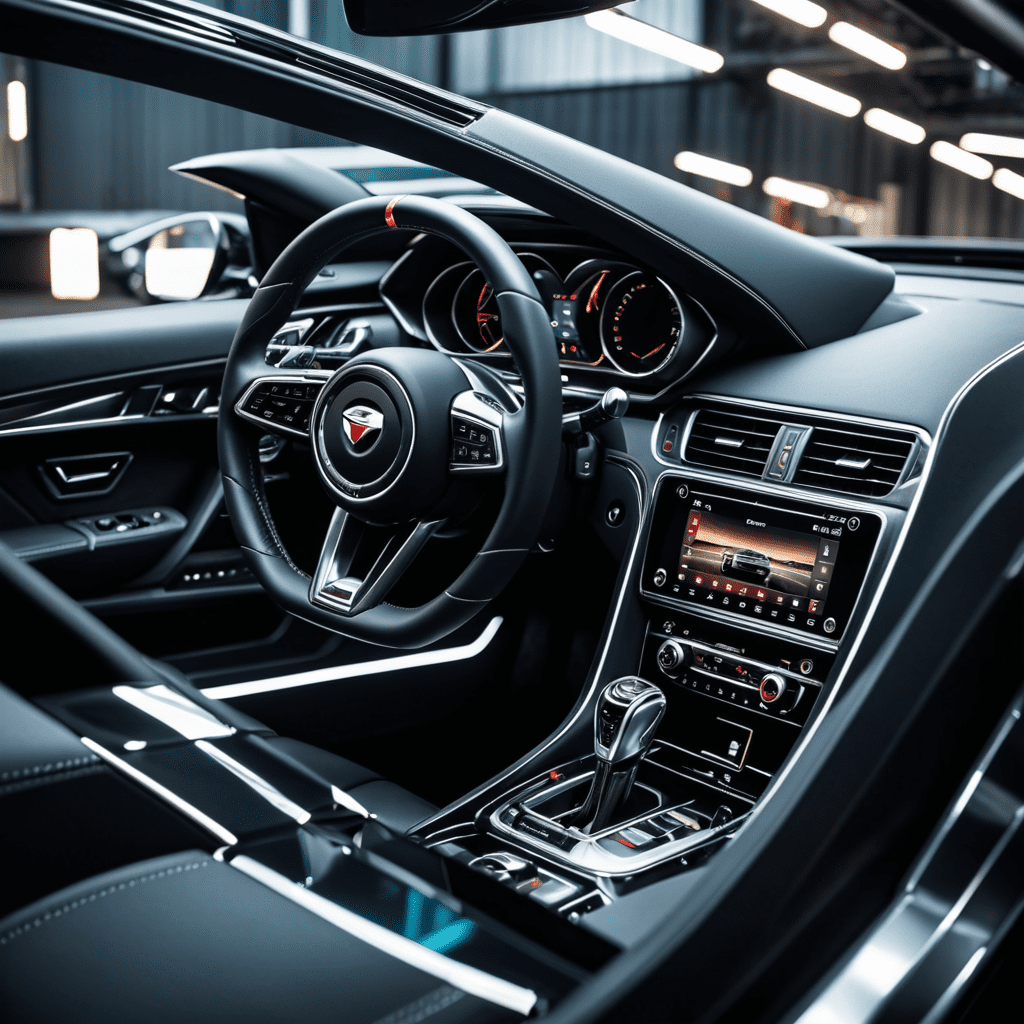
Nanotechnology in Automotive Coatings: Durability and Protection
In the world of automotive finishes, nanotechnology is revolutionizing the way we think about durability and protection for vehicles. Nanoparticles, with their minuscule size and incredible properties, are being incorporated into automotive coatings to enhance their performance and longevity.
The Power of Nanoparticles
Nanoparticles used in automotive coatings are extremely small, typically on the scale of one billionth of a meter. Their size allows them to penetrate surface imperfections at a molecular level, creating a strong and resilient bond with the vehicle’s paint.
Enhanced Durability
By using nanotechnology in automotive coatings, manufacturers can create finishes that are more resistant to scratches, chips, and environmental damage. The nanoparticles form a tight lattice structure that helps repel dirt, water, and other contaminants, keeping the vehicle looking new for longer.
Protection from UV Rays
UV radiation from the sun can cause paint to fade and deteriorate over time. Nanoparticles in coatings act as a barrier, absorbing and reflecting harmful UV rays to protect the underlying paint from damage. This helps maintain the color and shine of the vehicle’s finish.
Self-Healing Properties
Some automotive coatings infused with nanotechnology have self-healing properties. When the vehicle’s surface is scratched or marred, the nanoparticles can re-align themselves to fill in the damage, restoring the finish to its original state. This feature can significantly reduce the appearance of minor scratches and swirl marks.
Resistance to Chemicals
Nanoparticle-based coatings provide increased resistance to chemicals such as harsh detergents, bird droppings, and road salts. This chemical resistance helps prevent etching and staining on the vehicle’s paint, ensuring that it remains looking sleek and pristine.
Conclusion
As nanotechnology continues to advance, automotive coatings are becoming more durable, protective, and long-lasting. By harnessing the power of nanoparticles, vehicle owners can enjoy a finish that not only looks great but also stands up to the rigors of daily driving and environmental exposure.
FAQs about Nanotechnology in Automotive Coatings
What is nanotechnology in automotive coatings?
Nanotechnology in automotive coatings involves the use of nano-sized particles to enhance the durability and protection of car surfaces. These nanoparticles offer superior strength and resistance to scratches, UV rays, and corrosion.
How does nanotechnology improve durability in automotive coatings?
Nanoparticles in automotive coatings create a strong, uniform layer that effectively shields the car’s surface from damage. Their small size allows for better coverage and adhesion, resulting in enhanced durability and longevity of the coating.
What protection benefits does nanotechnology provide in automotive coatings?
Nanotechnology offers excellent protection against environmental factors like dirt, water, and chemicals. The nanoparticles form a robust barrier that repels contaminants, minimizes oxidation, and maintains the car’s shine for an extended period.
Are nanotechnology coatings eco-friendly?
Many nanotechnology coatings are designed to be environmentally friendly. They often require fewer resources for application, produce less waste, and can contribute to reducing the overall environmental impact compared to traditional coatings.

